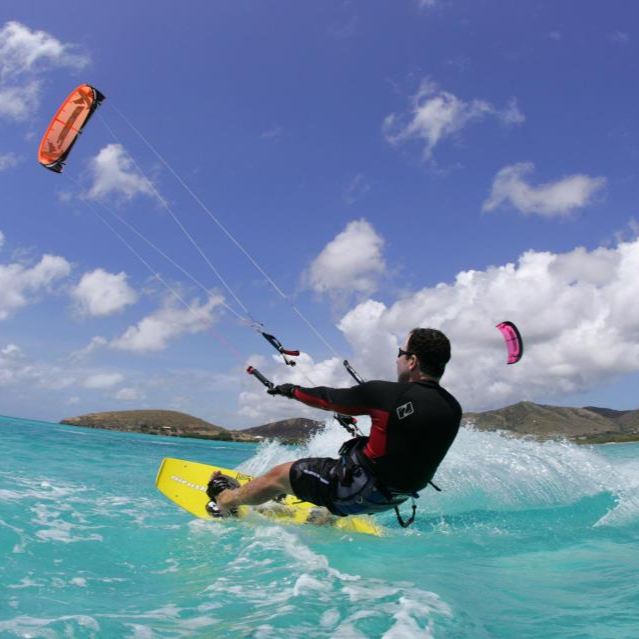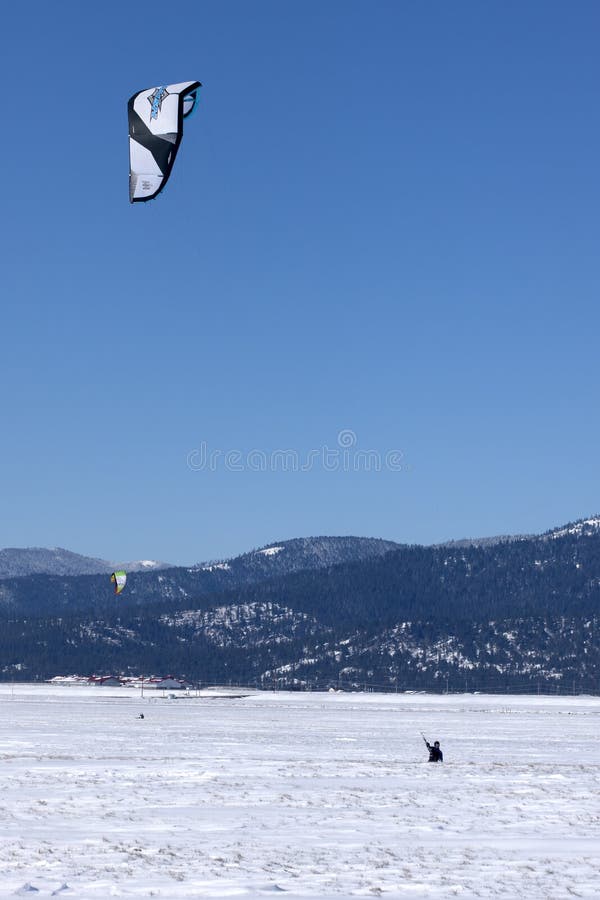

But a sport kite-a needle-nosed, fighter-jet-like wing of nylon or polyester-has two lines, which an operator can use to induce acrobatic turns. A traditional kite is tethered to its operator by a single line, and is more or less impossible to maneuver. He had noticed increasing numbers of so-called sport kites arcing through the skies above his home town of Lenexa, Kansas, outside Kansas City, Missouri. Every kiter should know the Rules of the right of way, they are no less important than road traffic rules.Just as he was graduating from high school, in 1990, Chris Moore had a fanciful idea. RIGHT OF WAY RULES – These rules will help you to avoid injuries and accidents with other users of the ocean.
#Kite boarding full#
FULL STOP – Be able to perform a full stop, when the wind gets too strong or in case of an emergency.
#Kite boarding how to#
WATER START – Learn how to relaunch the kite from the water, in order to get pulled out onto your board by the power of the wind.STEADY PULL- Get ready to learn how to coordinate the power in the kite with the stance over your board.BODY DRAG UPWIND – In this exercise, you learn how to move upwind, creating resistance with your body and the board.There are several techniques, which you should know. SELF-RESCUE – In extreme situations, you should be able to rescue yourself.WATER RELAUNCH – Learn to relaunch the kite from the water.BODY DRAG DOWNWIND – At this level, you learn the safe entry into the water, controlling the kite, maintaining it in the power zone.Kite surfing is very easy to learn, just take your time! LESSON CONTENT – INTERMEDIATE LEVEL 2 Take into consideration, that the speed of your learning process is very individual and can depend on many unpredictable factors, such as the weather and your state of mind, so don’t get frustrated if your learning curve differs from the ideal case. This and other tricky situations will be topic lessons at this stage. Learn how to get your board back when you lose it and need to return upwind. Improve your skills, learn to coordinate the control of the kite with your legs and board. SELF-RESCUE – There are several methods for self-rescue in emergency situations, you should know them.You will learn how to land the kite smoothly and safely, and to launch it again without help. SELF-LANDING – Safe landing of the kite is the basis for safe kitesurfing.DEPOWER – You will also learn how to adjust the power of the kite to be able to stop the drag, very useful in emergency situations.UNTWIST LINES – You will learn some simple, but very important techniques how to untangle lines.



 0 kommentar(er)
0 kommentar(er)
